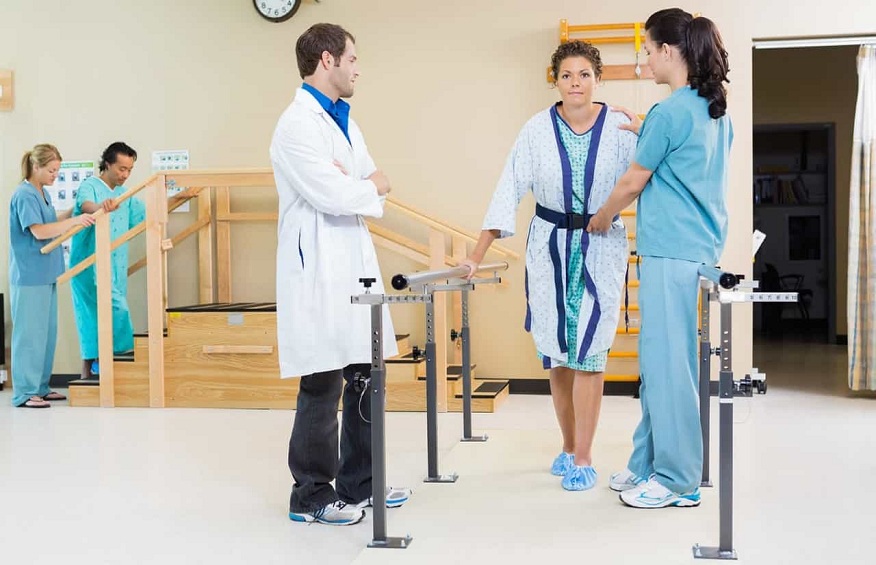Residential alcohol rehab A wide variety of therapy modalities are available through these programs, each with its own advantages and disadvantages. Ten distinct models of in-patient alcohol treatment are shown here.
Cognitive behavioral therapy
The goal of cognitive-behavioral therapy (CBT) in alcohol treatment is to help patients recognize and replace faulty ways of thinking and behaving, contributing to their drinking problems. Relapse can be prevented by developing coping mechanisms, which CBT assists with.
1. Motivational interviewing
MI stands for “motivational interviewing,” a form of counseling designed to help people recognize risky drinking patterns and make positive changes. The underlying principle of this method is that people are more inclined to make constructive changes if they feel heard and understood.
2. Dialectal behavior
Dialectical behavior therapy (DBT) is a treatment approach that integrates cognitive behavioral therapy (CBT) with mindfulness and acceptance practices. This strategy teaches people how to control their emotions and deal with stressful situations without resorting to alcohol.
3. 12 step program
12-step programs: 12-step programs, like Alcoholics Anonymous (AA), emphasize personal and spiritual development via group therapy and the 12 steps. This perspective stresses accountability, openness, and modesty. Check out the alcohol abuse treatment center
4. Holistic approaches
Alcohol rehabilitation programs that use a holistic approach treat the whole person by incorporating practices like yoga, acupuncture, and massage into the recovery process.
5. Family therapy
Alcohol rehabilitation often includes family participation through family therapy. This method aids people in mending broken relationships and learning to communicate effectively.
6. Medication-assisted therapy
Alcoholism treatment that uses both medicine and psychotherapy is called medication-assisted therapy (MAT). Naltrexone, disulfiram, and acamprosate are MAT medications that can lessen cravings and prevent relapse.
7. Group therapy
This method emphasizes peer help and creates a comfortable space for people to discuss their problems.
8. Psychoanalytic therapy
Psychoanalytic treatment for alcoholism looks into the underlying causes of the problem by probing the patient’s subconscious. This method allows people to reflect on their lives and learn to adapt to challenging situations. Consider drug and alcohol rehabilitation centers.
9. Experiential therapy
Activities like role-playing, art, or music therapy are used in experiential therapy to help patients express and work through their feelings about their alcoholism. This method encourages original thought and permits people to investigate their feelings in a safe setting.
In conclusion, Overcoming alcohol addiction is a challenging journey, but residential alcohol rehab programs can provide a supportive and structured environment to help individuals achieve long-term sobriety. While there are many different approaches to alcohol rehab, the key to success is finding an approach that works for you and provides the support and resources you need to overcome alcohol addiction. Whether it’s cognitive-behavioral therapy, 12-step programs, or medication-assisted treatment, there is an approach that can help you overcome your addiction and achieve a healthier and happier life.
Residential alcohol rehabilitation can be approached in various ways, each with its own advantages and disadvantages. Finding a method that fits your needs and gives you access to the resources you require to beat alcoholism.




